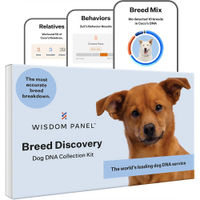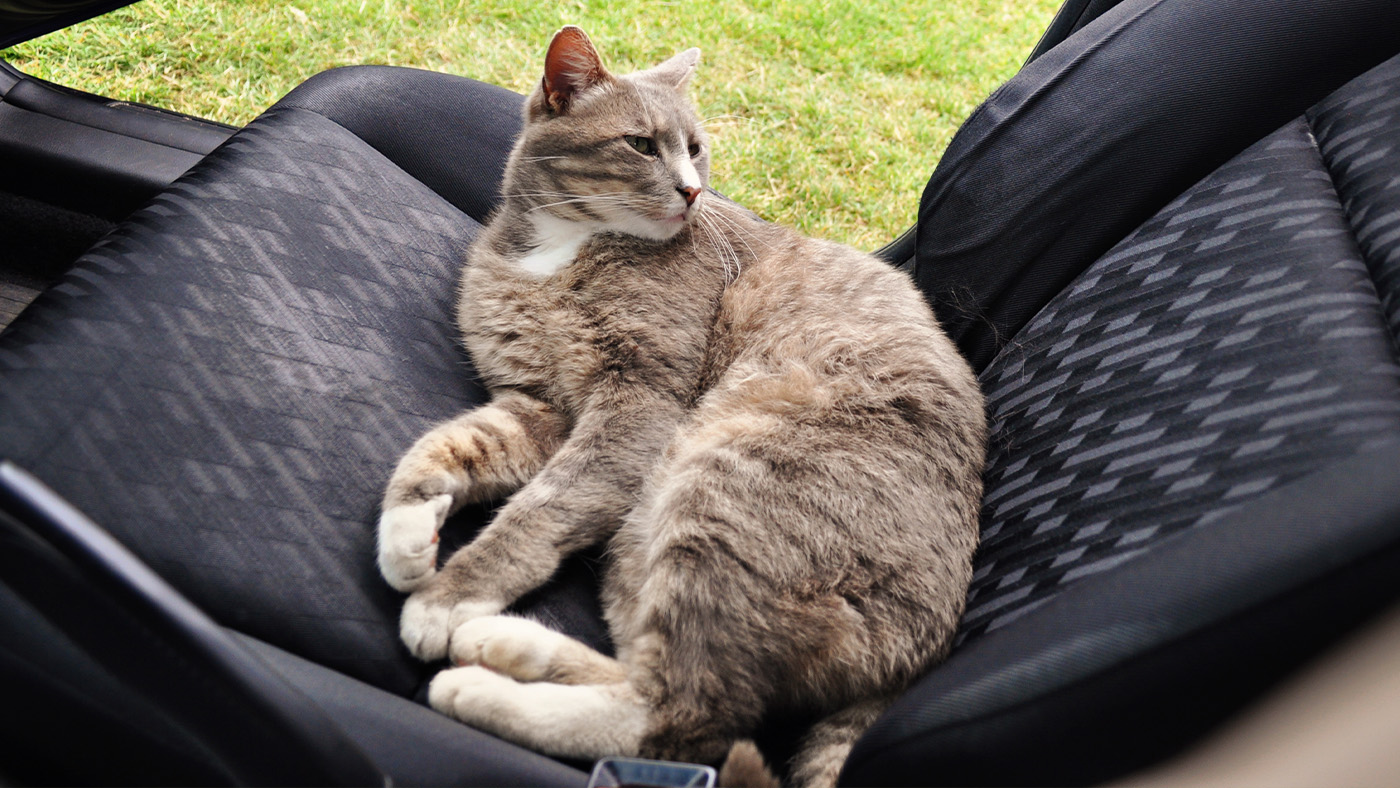Doberman Pinscher: Breed profile
The loyal and fearless Doberman Pinscher makes a great family companion, but they're best suited to those who have the time and energy to lavish them with love
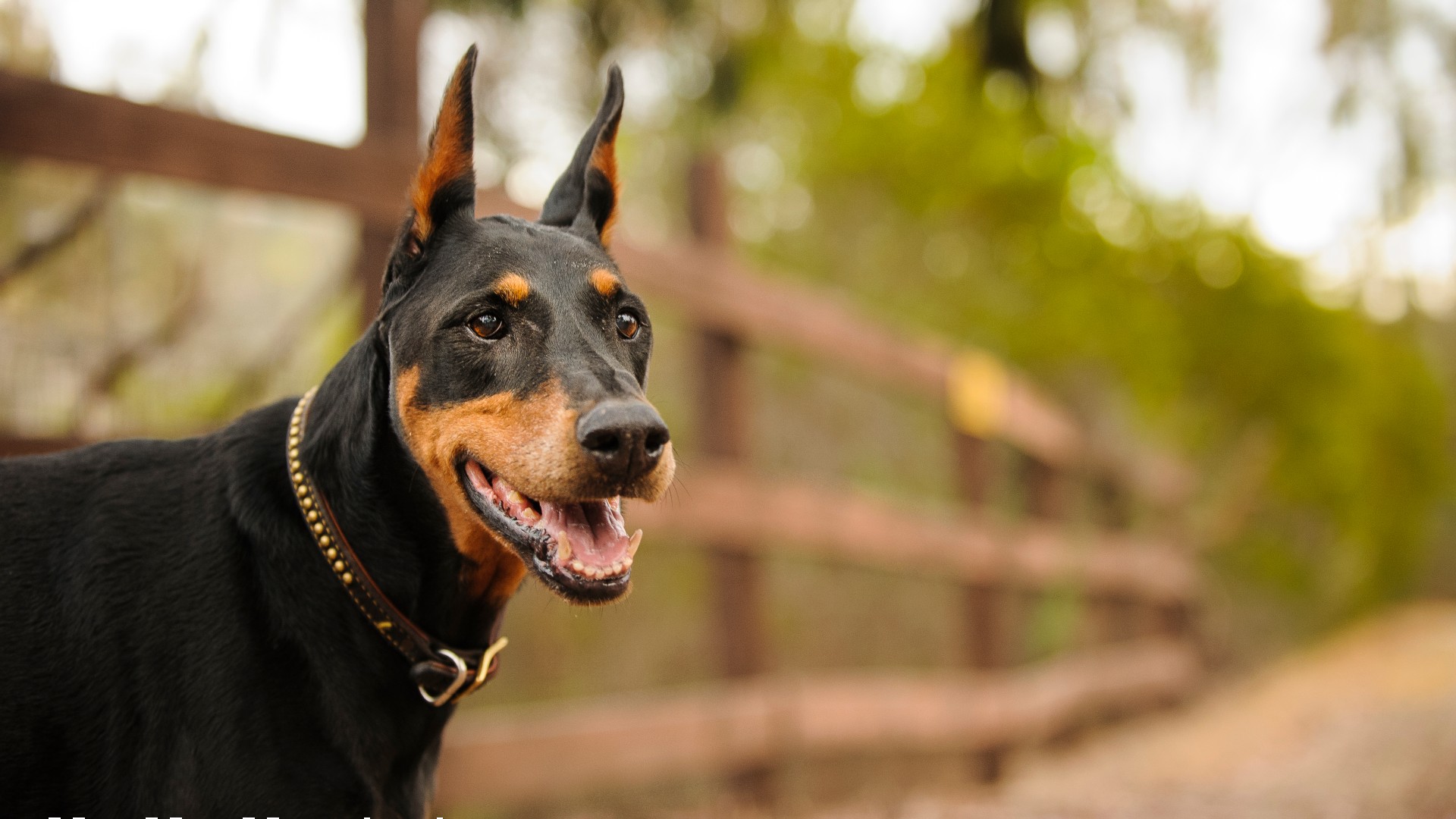
You can understand a lot about a Doberman Pinscher's nature by simply recalling the breed's history. For this is a dog born from that most “controversial” of professions, the ever-humble tax collector – in this case, Karl Friedrich Louis Dobermann who hailed from the historical German state of Saxe-Weimar-Eisenach in the late 19th century.
Dobermann needed protection as he did his rounds in Apolda and he just so happened to double as the owner of the town's dog pound. To prevent himself from being targeted by those who disliked him (and anyone who fancied swiping his takings), he looked to create the ultimate protector: a dog that would be ferocious if need be but also strong, loyal and intelligent.
The breed he created mixed the Black and Tan Terrier and German Pinscher with the Rottweiler and it was indeed a suitably aggressive dog for the job. Over the decades, however, the breed has become much gentler. Yes, the dog's protective nature remains (they’re definitely one of the best guard dog breeds) and they can pose a danger to strangers but good early socialization and obedience training has allowed Doberman Pinschers to become much-loved family pets.
They're noble looking dogs with an athletic, muscular build. They can be colored black, red, fawn or blue and they can have prominent tan markings around the eyes, muzzle, chest, throat, legs and feet. Since they're highly energetic and can be destructive if not exercised, they do take up a fair amount of time for owners, but their people skills are bound to win the hearts of many a canine lover.
How much exercise does a Doberman Pinscher need?
Life expectancy: 10-13 years
Average weight: Male: 100lbs/45kg Female: 77lbs/35kg
About the same as: A punching bag
Doberman Pinschers are super active dogs so they're not suitable for anyone who wants to enjoy a laid-back life. Not only will you need to take them out for regular exercise each day, you'll want to set aside some playtime too. After all, keeping a Doberman mentally occupied is just as important as ensuring they're burning off their excess energy.
Experts recommend that this breed enjoys a minimum of two hours of exercise, preferably spread over the course of the day rather than in a single chunk. As well as walking, they'll benefit from being let off their lead in a secure area for a good run so long as you're careful if there are other people or animals about. They'll also seize the opportunity to swim or engage with any agility challenges you set.
Certainly, variety is important because Dobermans are intelligent and they quickly become bored. Grab a frisbee and play a game of fetch (perhaps teaching them to catch) or have them run alongside you when you cycle (just keep them on a leash or chest harness). Scavenger hunts combine exercise with mental stimulation and the best dog toys will keep these pooches busy for hours too.
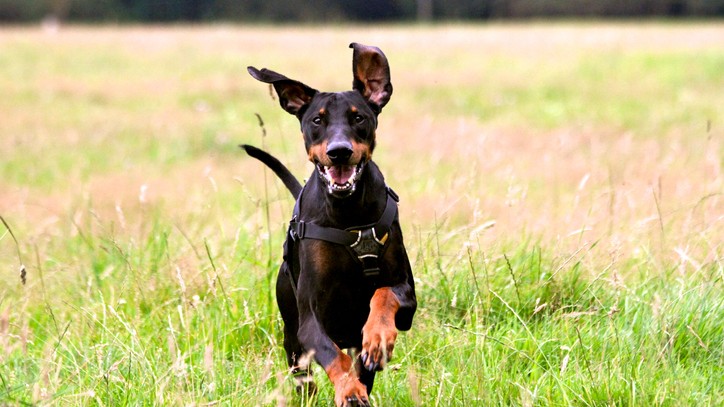
Are Doberman Pinschers easy to train?
Suitable for: Energetic families with a lot of time to lavish on a very loyal dog
Not suitable for: Time-poor owners who don't have a lot of space or inclination to train
Temperament: Intelligent, Fearless, Loyal, Energetic
Shedding: Moderate
According to respected psychologist Stanley Coren, who specializes in canine behavior, Doberman Pinschers are ranked fifth for dog intelligence in obedience command training. In other studies, they have been placed first so the answer to the question is, yes, Doberman Pinschers are easy to train because they’re able to learn rather quickly.
And yet it's not so straightforward - how you train them is important. You must show that you are the leader by being confident during their obedience exercises otherwise they'll take advantage and seek to assume the top dog position themselves. When a dog learns so fast, they're also more prone to boredom. The onus is definitely on you to figure ways to keep the lessons fresh and interesting.
Just as important, you also have to start training very early otherwise you'll hit problems later down the line. You must introduce them to humans and other animals from a young age and socialize them so that they become used to sounds, smells and sights, ensuring they become less nervous and aggressive around strangers and other pets. By engaging them in family activities, however, you'll find they'll form a strong bond. Treat them well and they'll respond in kind.
Are Doberman Pinschers good with kids?
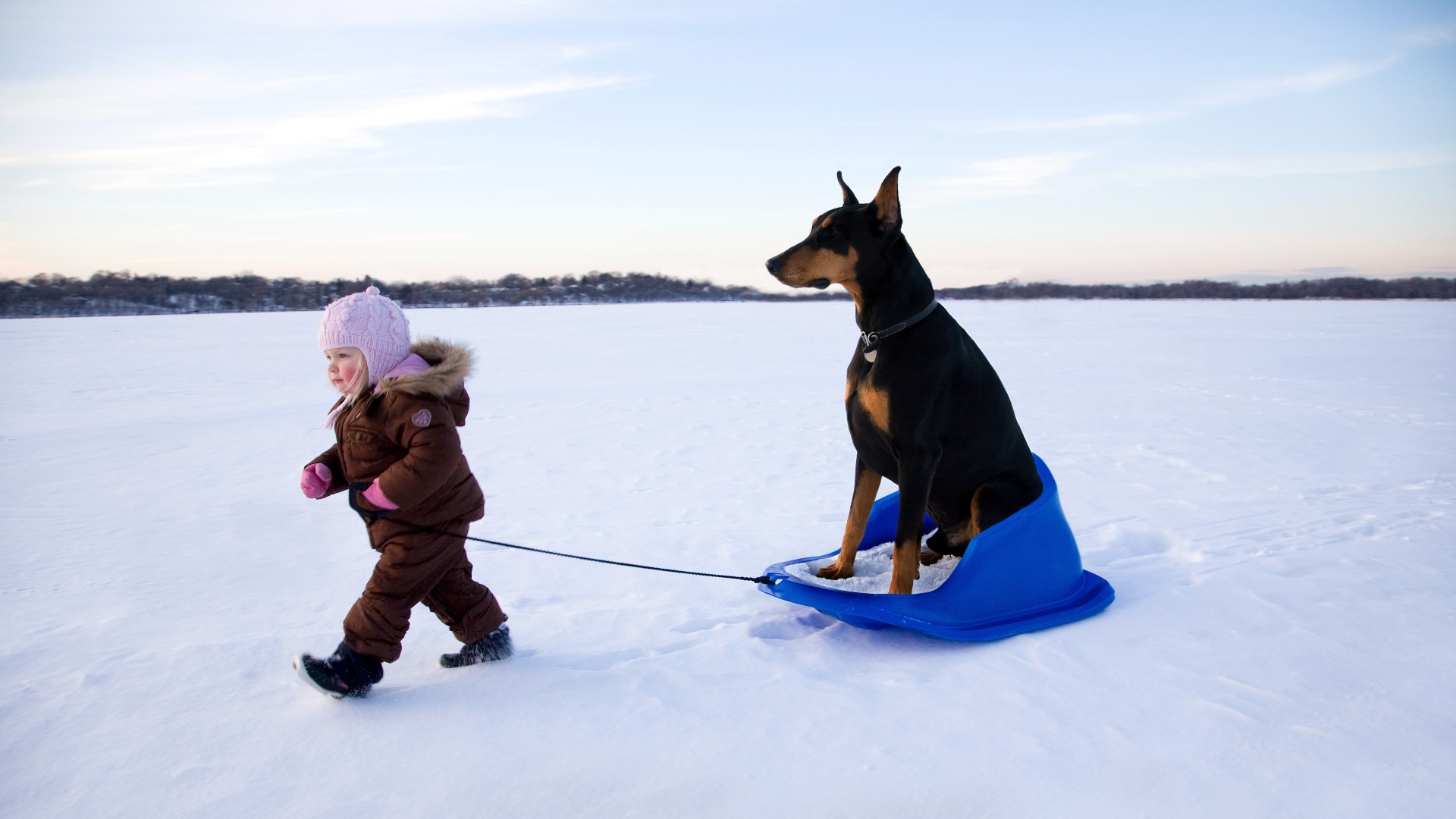
This breed is a family dog and they'll display great patience and kindness around children, especially if they’ve been raised with them. It's not uncommon to see Doberman Pinschers walking cautiously near a child and seeking to reassure any infant who appears upset. They also have a natural instinct to protect and will often lie next to a child.
That said, training is incredibly important and they will be far better around kids if you have socialized them early. As with all dogs, it's seldom a good idea to leave children alone with them. Toddlers, in particular, are prone to poking and prodding dogs and Doberman Pinschers may not always take too kindly to such actions even though they do have extreme patience.
What do Doberman Pinschers eat?
Given the size and muscular build of a Doberman Pinscher, you should be feeding them easily digestible and palatable high-quality food. This will help maintain their health as well as a shiny coat. The aim is provide them with the correct mix of protein, vitamins, minerals, healthy fats and carbs. Food that has real meat listed as the primary ingredient is most desirable.
Aim for between 2.5 and 3.5 cups of the best dry food, spread over a couple of meals. And consider giving them food containing grain. The US Food and Drug Administration has long warned about heart failure in dogs that could be associated with grain-free pet foods and this could be due to the ingredients used to replace it. VCA Animal Hospitals say Doberman Pinschers are generally susceptible to dilated cardiomyopathy, or DCM, and that's something to bear in mind.
Do Doberman Pinschers bark a lot?
A lot depends on the situation. If a Doberman Pinscher is faced with a stranger and feels their “pack” may be in danger, then they will bark either as a warning or to alert their owner. They'll also bark if they are left alone for too long and too often and they'll make more noise if they are bored so ensure they're being kept mentally stimulated. In fact, it's possible to train Doberman Pinchers to bark much less often, with early socialization helping no end.
Are Doberman Pinschers aggressive?
Once again, the answer is not so straightforward. After all, Doberman Pinschers are used as guard dogs. They're also popular with the police and military. A soft dog would not be generally suitable for protection so, yes, there is an element of aggression with this breed, more so when they're faced with strangers. They will attack if they perceive danger.
Doberman Pinschers may also be mildly aggressive if they come across another dog but with their owners and their family, you'll find they're gentle souls. You'll adore their watchful, loving nature and find they are trusting of your friends and guests. That said, it's never a good idea to provoke a Doberman Pinscher and there should always be respect.
- How to stop dog aggression: Five dog behavior problems solved
Do Doberman Pinschers shed a lot?
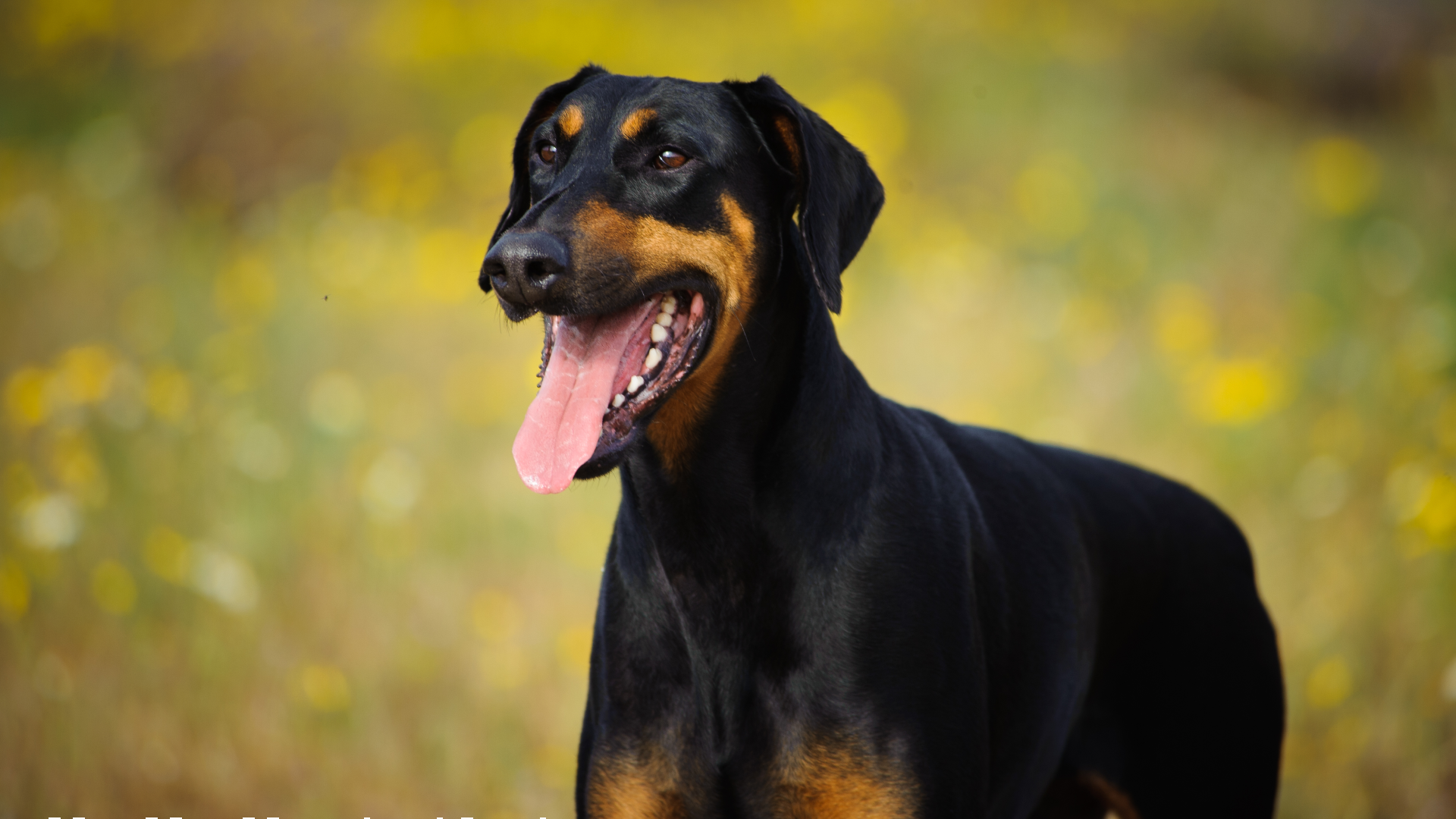
Amount Of Shedding: Moderate
Easy To Groom: Yes
General Health: Good
Potential For Weight Gain: Low
Doberman Pinschers have a single coat that lies close to their skin so they won't shed twice a year, unlike breeds that have undercoats. But that's not to say you won't find hair all around your home: you will. That's because Doberman Pinschers shed moderately and at roughly the same level throughout the year, but the hair is short and you won't find it sticking to your clothes. If you find them shedding more than usual, check their skin, alter their diet and ensure they're not stressed.
Grooming is a doddle. Brush their coat once a week and bathe them every now and then (depending on whether they've gone splashing in puddles or mud on your daily adventures outside). Just be sure not to bathe them too much or else you could cause their skin to become dry and irritated. Make sure their nails are trimmed once a month, keep those teeth cleaned at least twice a week and check the
Wisdom Panel Breed Discovery DNA Kit | Amazon
Not sure exactly what breed your dog is? This kit screens for 365+ breeds – because knowing every detail about your dog helps you understand how best to care for them.
Doberman Pinscher health problems
Doberman Pinschers are generally healthy dogs but there are some common concerns that you should be aware of. They're particularly susceptible to bacterial and viral infections although vaccinations will prevent most of them. They can also suffer from Dilated Cardiomyopathy (DCM) as mentioned earlier – this is an enlarged heart and avoiding grain-free food may help.
As with other dogs, the hereditary bleeding disorder Von Willebrand Disease is common, so watch out for excessive bleeding. Wobbler's Syndrome is also an inherited condition affecting the spinal cord. Investing in the best pet insurance is worth considering.
Should I get a Doberman Pinscher?
Given their size, Doberman Pinschers need a good amount of room and it certainly helps if you have a large garden or yard – one that is securely fenced, of course. This breed also needs a lot of attention for their mental and physical health so before you consider getting one, be sure you have the time to devote to them.
With good training and early socialization, however, Doberman Pinschers are amazing pets. They'll devote themselves to keeping you and your family safe and they'll form a wonderful bond. You should definitely consider this breed.
Want to learn more about this breed? Here are our favorite Doberman Pinscher facts
PetsRadar Newsletter
Get the best advice, tips and top tech for your beloved Pets

David Crookes has been a journalist for almost 30 years and he has written for a host of magazines, newspapers, websites and books including the World of Animals Annual, BBC Earth, Live Science, The Independent and Tom’s Guide.
Born in England, he lives with two cats but he’s also keenly interested in the differences between the huge number of dog breeds – in fact, you can read many of his breed guides that he’s written in collaboration with vets here on PetsRadar.
With a lifelong passion for technology, too, he’s always on the lookout for useful devices that will allow people to keep their pets happier and healthier, and provide them more time to spend together.
David has a degree from Durham University, as well as postgraduate diploma in journalism from the University of Central Lancashire.
